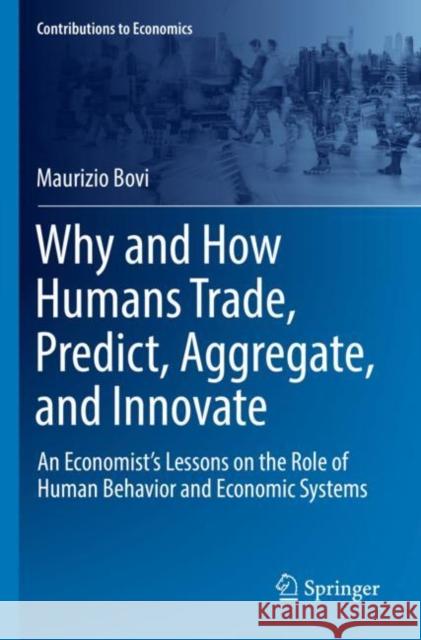Why and How Humans Trade, Predict, Aggregate, and Innovate » książka
topmenu
Why and How Humans Trade, Predict, Aggregate, and Innovate
ISBN-13: 9783030938871 / Miękka / 2023 / 191 str.
Why and How Humans Trade, Predict, Aggregate, and Innovate
ISBN-13: 9783030938871 / Miękka / 2023 / 191 str.
cena 230,76 zł
(netto: 219,77 VAT: 5%)
Najniższa cena z 30 dni: 229,69 zł
(netto: 219,77 VAT: 5%)
Najniższa cena z 30 dni: 229,69 zł
Termin realizacji zamówienia:
ok. 20 dni roboczych.
ok. 20 dni roboczych.
Darmowa dostawa!
Kategorie:
Kategorie BISAC:
Wydawca:
Springer Nature Switzerland AG
Seria wydawnicza:
ISBN-13:
9783030938871
Rok wydania:
2023
Ilość stron:
191
Wymiary:
23.5 x 15.5
Oprawa:
Miękka
Dodatkowe informacje:
Wydanie ilustrowane











